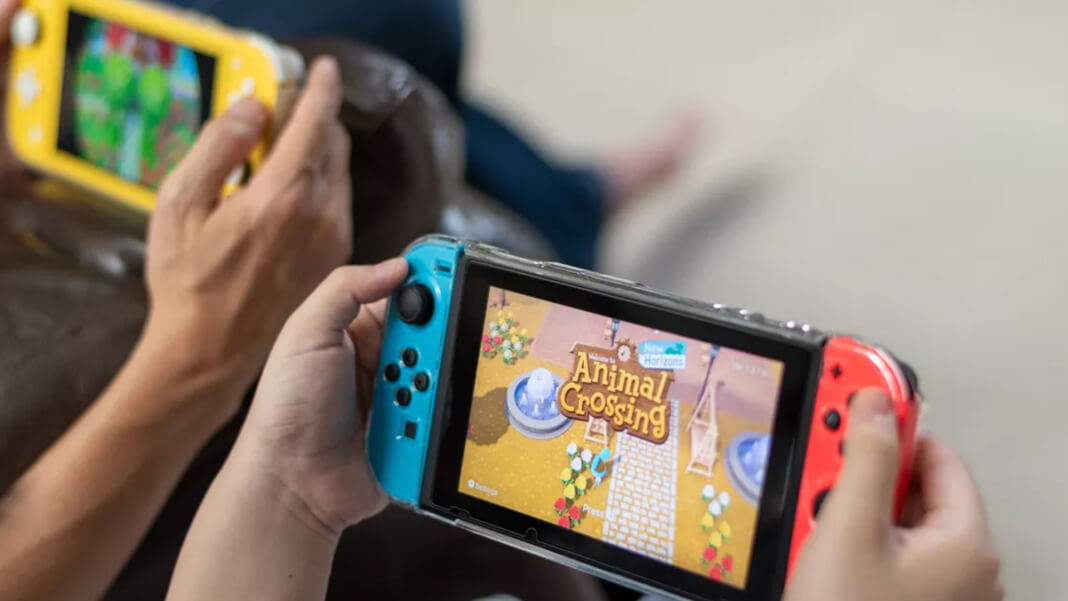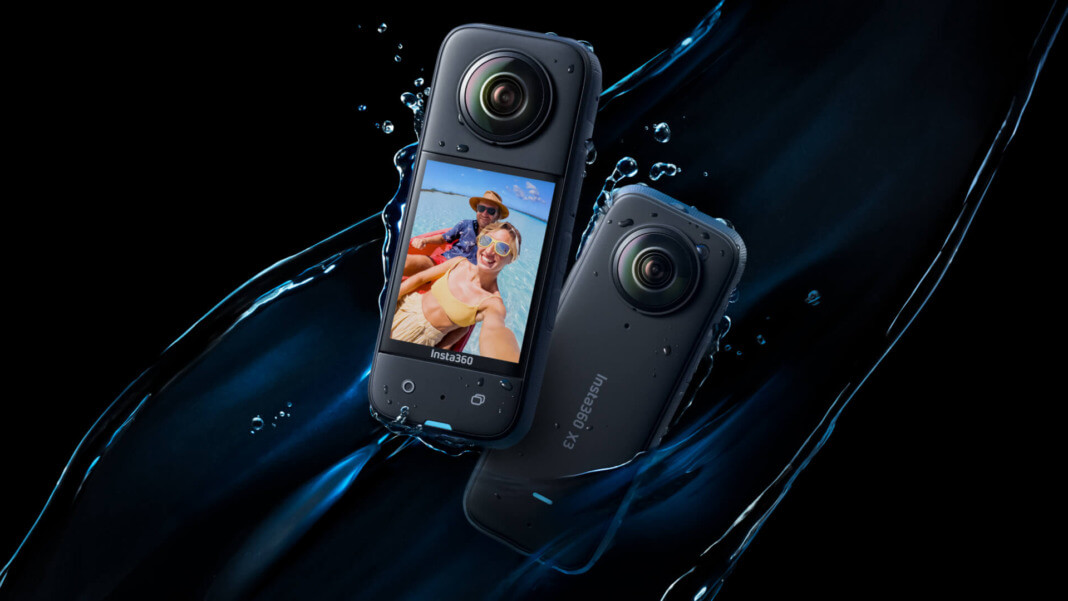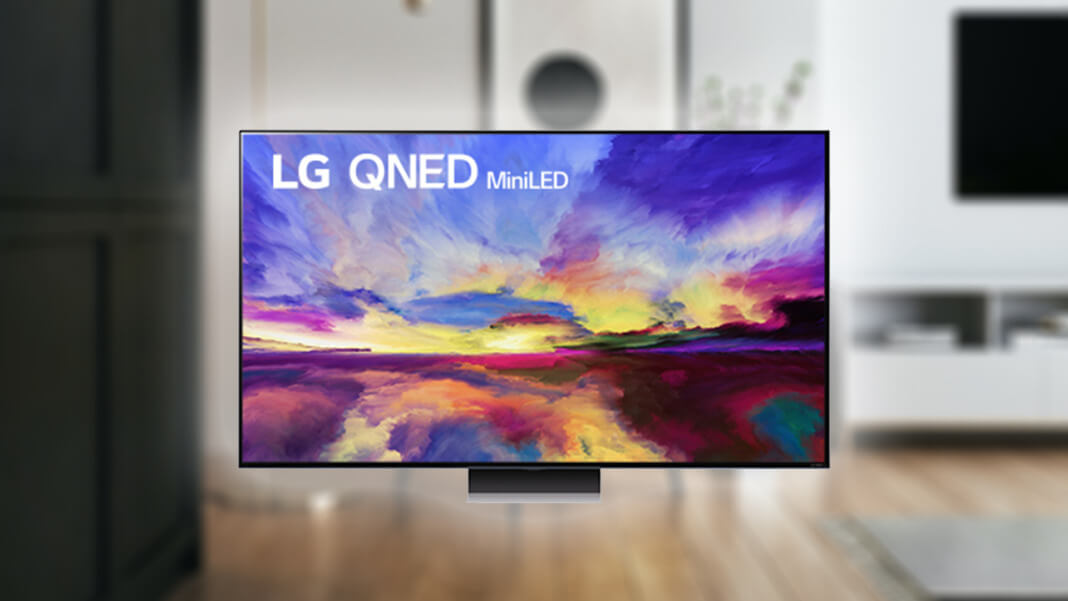The captivating story of handheld gaming devices is a thrilling testament to human ingenuity, fierce competition, and the ever-evolving gaming culture. Embarking on a journey from the revolutionary Game Boy to the contemporary marvels of the Nintendo Switch and Steam Deck, handheld consoles have captivated the hearts of millions, delivering unparalleled gaming experiences right at their fingertips. Join us as we delve into the remarkable evolution of handheld gaming, unravelling the intricate interplay between technology and culture that has transformed the market and given rise to the iconic devices we treasure today.
Throughout the years, handheld gaming has proven to be a driving force in shaping the gaming landscape, constantly pushing the boundaries of what is possible in portable entertainment. As we explore the various milestones in developing these compact gaming powerhouses, we will witness the rise and fall of industry giants, the groundbreaking innovations that redefined gameplay, and the cultural phenomena that propelled these devices into the spotlight.
This rich tapestry of technological advancements, strategic market plays, and cultural influences weaves together to form the incredible story of handheld gaming’s evolution, offering us invaluable insights into this dynamic market segment’s past, present, and potential future.
The birth of handheld gaming: Atari Lynx and Game Boy
The handheld gaming market can trace its roots back to the late 1980s with the introduction of the Atari Lynx in 1989. The Lynx was the first colour handheld console and boasted impressive specs for its time. However, it struggled to significantly impact the market due to its high price and limited battery life.
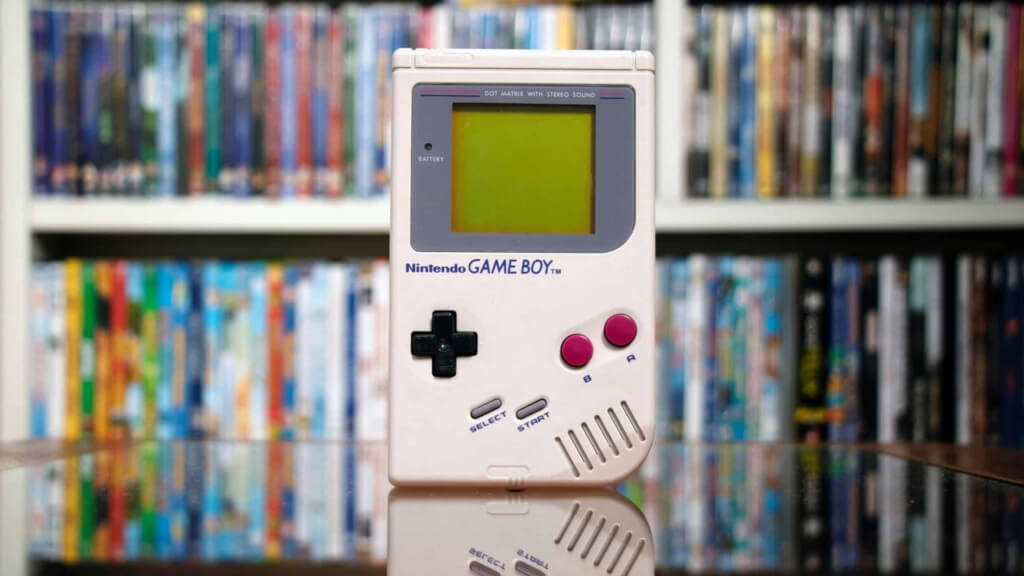
The Game Boy, released by Nintendo the same year, took the world by storm with its affordable price, long battery life, and a killer app – Tetris. The Game Boy’s monochrome screen and simple design were instrumental in its success, making it an accessible and portable gaming option for the masses. Over the years, Nintendo would iterate on the Game Boy with devices like the Game Boy Pocket, Game Boy Color, and Game Boy Advance, ensuring its dominance in the handheld gaming market.
Sega’s foray into handhelds: The Game Gear
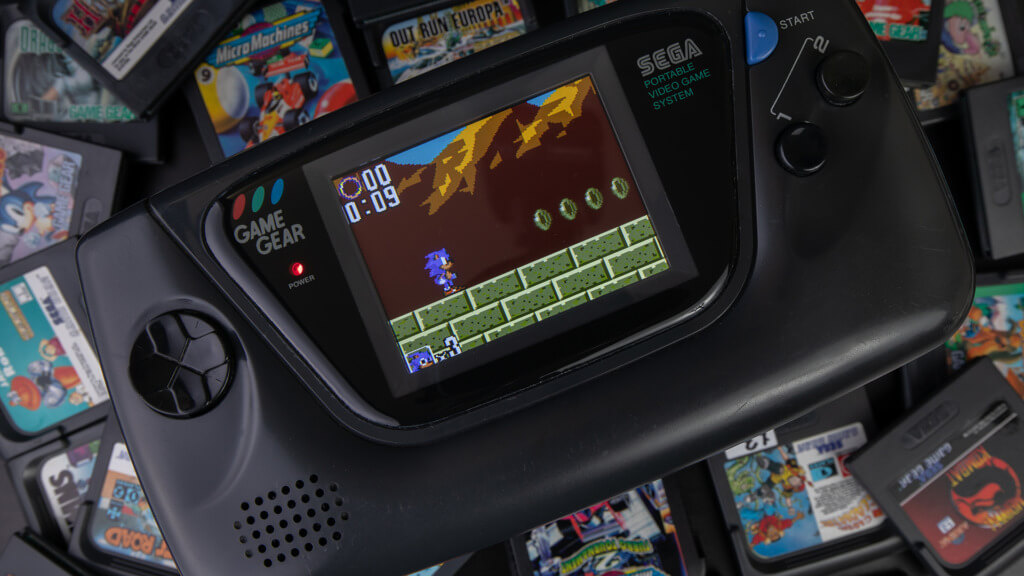
Not to be outdone, Sega released the Game Gear in 1990 to compete with the Game Boy. The Game Gear boasted a colour screen, a more ergonomic design, and compatibility with Sega’s Master System library through an adapter. Despite these advantages, the Game Gear struggled to compete with the Game Boy due to its short battery life, a limited library of games, and a higher price tag. While it did develop a following, it never managed to overthrow Nintendo’s dominance in the handheld market.
The unique WonderSwan
In 1999, Gunpei Yokoi, the creator of the Game Boy, developed the WonderSwan for Bandai. The device was notable for its unique design, featuring a vertical orientation with buttons on both sides. The WonderSwan was relatively successful in Japan, thanks to its low price and a partnership with Square, which developed exclusive Final Fantasy titles for the platform. However, it has yet to break into the international market, limiting its overall impact on handheld gaming history.
The emergence of the PlayStation Portable (PSP)
Sony entered the handheld gaming market in 2004 with the PlayStation Portable (PSP). The device offered powerful graphics, multimedia capabilities, and a wide range of games, making it an attractive option for gamers who wanted more than the Game Boy Advance could provide. The PSP also introduced online capabilities and digital downloads, setting the stage for future handheld devices.
The 3D revolution: Nintendo 3DS
In 2011, Nintendo introduced the 3DS, a handheld device that featured glasses-free 3D technology. The 3DS offered an innovative new way to experience games, with its unique dual-screen setup and the ability to display stereoscopic 3D images without additional equipment. The console was successful due to its strong library of games, backward compatibility with the DS, and the novelty of its 3D technology. Over time, the 3DS would see multiple revisions, including the New 3DS and 2DS, solidifying Nintendo’s position in the handheld market.
Nintendo Switch: Hybrid gaming takes centre stage
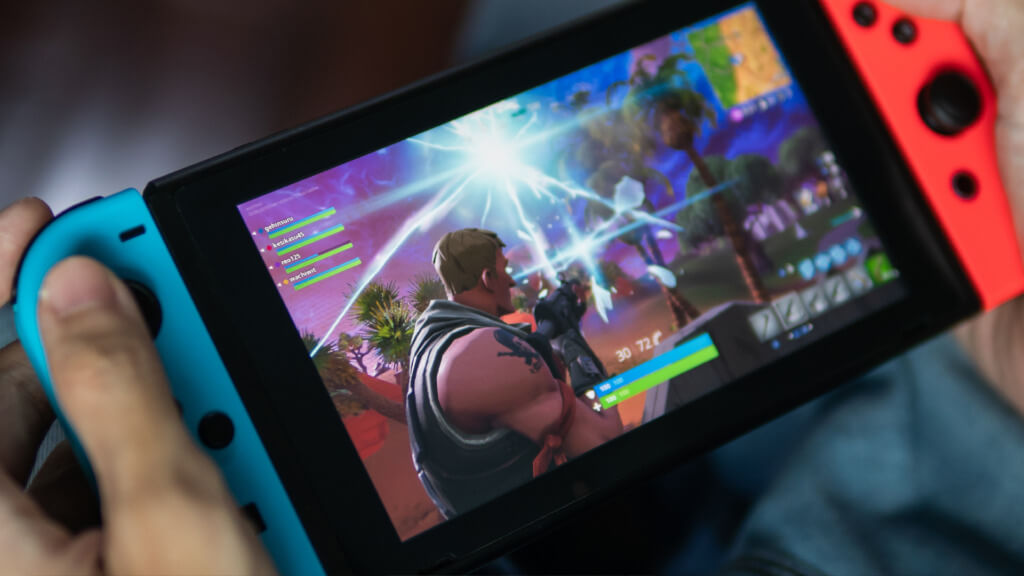
In 2017, Nintendo redefined the gaming landscape by introducing the Switch, a groundbreaking hybrid console that ingeniously bridged the gap between handheld and home gaming systems. This versatile device captured the imagination of gamers worldwide, offering an extensive library of games that catered to a diverse audience spanning all age groups. In addition, the Switch’s innovative design and ability to seamlessly transition between handheld and docked modes made it a powerhouse in the gaming industry.
One of the standout features of the Nintendo Switch was its unique detachable Joy-Con controllers. These compact controllers, which could be used individually or combined with the console, opened up a plethora of new gameplay possibilities. The Joy-Cons enabled innovative multiplayer experiences, allowing friends and family to jump into the action easily. Furthermore, the Joy-Cons incorporated advanced motion-sensing technology, paving the way for immersive and interactive gaming experiences previously exclusive to home consoles.
Portability was another key factor in Switch’s meteoric rise to success. The console’s compact design and impressive battery life made it an ideal companion for busy gamers seeking quality entertainment on the go. From daily commutes to long journeys, the Switch allowed players to enjoy their favourite games without the constraints of traditional home console setups.
The Nintendo Switch’s success was a testament to the gaming community’s desire for adaptable and versatile devices catering to home and handheld gaming experiences. Its unique combination of power, portability, and innovation resonated with gamers, solidifying its place as a market leader and shaping the industry’s future. In addition, the Switch’s unprecedented success proved that there was still immense potential for growth and innovation in the handheld gaming market, inspiring developers to push the boundaries and explore new frontiers in portable entertainment.
Enter the Steam Deck
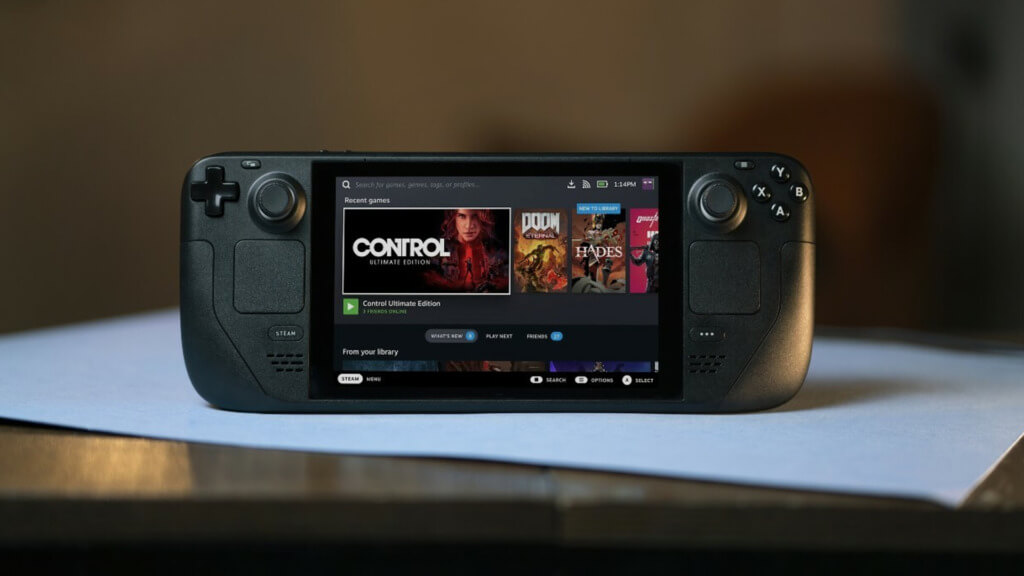
In 2021, Valve Corporation made waves in the gaming industry by announcing the Steam Deck, an innovative handheld gaming device aimed at bringing the full power of PC gaming to a portable platform. Driven by a custom AMD APU, the Steam Deck boasts impressive performance capabilities, enabling it to run a wide range of PC games efficiently. In addition, the device has a vivid 7-inch touchscreen display, precise trackpads for accurate input, and a comprehensive controller layout that rivals traditional gaming consoles.
The Steam Deck’s most significant selling point is its seamless integration with the user’s Steam library, allowing gamers to take their PC games on the go without any hassle. Furthermore, this integration unlocks a vast array of gaming experiences that were previously unavailable on handheld consoles, bridging the gap between portable and PC gaming. As a result, gamers can now enjoy their favourite PC titles with the flexibility and convenience only a handheld device can offer.
Taking a cue from the Nintendo Switch, the Steam Deck also incorporates the ability to dock and connect to a TV or monitor, further expanding its versatility. This feature enables gamers to switch effortlessly between handheld and traditional gaming setups, catering to various preferences and play styles. In addition, the Steam Deck’s compatibility with a wide range of PC peripherals, such as keyboards, mice, and game controllers, ensures that users can customise their gaming experience to suit their needs and enjoy the full potential of their device.
The introduction of the Steam Deck signals an exciting new chapter in the evolution of handheld gaming. By merging the power and flexibility of PC gaming with the portability and convenience of handheld consoles, Valve Corporation has created a device that caters to the modern gamer’s diverse needs. The Steam Deck’s unique features and capabilities position it as a formidable contender in the handheld gaming market, pushing the boundaries of what is possible in portable entertainment and setting the stage for future innovations in the industry.
The future of handheld gaming
The handheld gaming market has shown remarkable resilience and adaptability as technology advances. However, the success of devices like the Nintendo Switch and the Steam Deck demonstrates that there is still a strong demand for portable gaming experiences that cater to gamers’ diverse needs and preferences.
The evolution of handheld gaming has been driven not only by advancements in technology but also by cultural shifts in the gaming community. As a result, handheld consoles have become more than just gaming devices; they are now platforms for socialising, connecting with others, and sharing experiences. In addition, features such as online connectivity, digital distribution, and integration with popular social media platforms have made handheld gaming a more connected and accessible pastime than ever before.
As we look to the future, handheld gaming devices will continue to innovate and adapt to the changing landscape of the gaming industry. Virtual reality (VR), augmented reality (AR), and cloud gaming are just a few trends that could shape the next generation of handheld gaming consoles; however, regardless of the specific technologies employed, the future of handheld gaming will be defined by the continued desire for immersive, engaging, and portable gaming experiences.
Embracing the future: Handheld gaming’s ongoing odyssey
The evolution of handheld gaming has been a fascinating journey marked by the convergence of technology and culture. From the humble beginnings of the Atari Lynx and Game Boy to versatile modern devices like the Nintendo Switch and Steam Deck, handheld consoles have consistently offered unique gaming experiences that cater to a wide range of players. As technology advances, it will be exciting to see how handheld gaming devices evolve to meet gamers’ ever-changing needs and desires worldwide.
